Kuya J's Diary Episode 9 - Automated Water Vending Machine: Microbiological Point of View
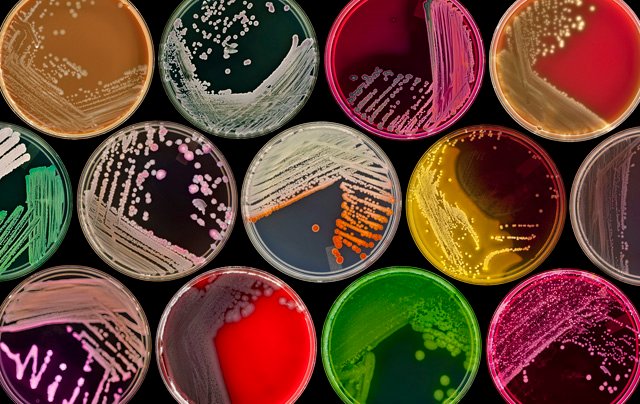
HELLO STEEMIANS!!
Colonial Morphology
The appearance of bacterial colonies has been an important tool for microbiologists. The character, action upon the medium, rapidity of the development, number and variety of a single colony growing on plate culture could help describe and identify microorganisms. Utilization of culture mediums appropriate for isolation and cultivation are very significant.
Characterization of the different bacterial isolates includes the whole shape of the colony, size in millimeters, elevation, edge/margin, color, opacity, surface, and texture.
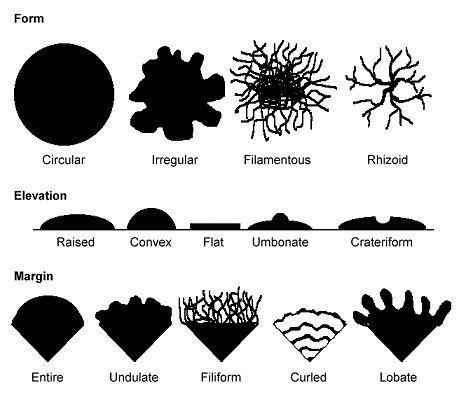
The shape of the colony refers to the overall figure exhibited by the bacterial colony: circular, irregular, filamentous, rhizoid and curled the edge of the bacterial isolate is a colony morphology characteristics likewise considered in such form as entire, filamentous, undulate and lobate. Another cultural characteristic of bacterial isolates on nutrient agar growth is the elevation which assumes the forms: flat, raised, umbonate, crateriform, convex, and pulvinate.
Bacterial Growth Media
For any bacterium to be propagated for any purpose it is necessary to provide the appropriate biochemical and biophysical environment.
Nutrient Agar is a nutrient broth containing agar, used as a growth medium for microorganism, which is commonly used for cultivation of a non-fastidious type of bacteria because even at high temperatures they remain solid. The bacteria’s that are grown in a nutrient agar medium are clearly visible on the surface and referred to small colonies. Nutrient agar typically contains 5.0 g Peptone, 3.0 g beef extract/yeast extract, 15.0 g agar, 8.0 g NaCl, 1 L distilled water, and its pH adjusted to neutral (6.8) at 25 °C. Nutrient broth is made identically, except omitting the agar.
Mannitol Salt Agar (MSA) is an agar both selective and differential, which is used in the isolation of staphylococci. MSA is important in medical laboratories because it can distinguish pathogenic microbes in a short period of time. MSA also contains the sugar mannitol and the pH indicator phenol red. An acidic byproduct is formed if an organism has the ability to ferment mannitol. This will cause the phenol red in the medium to change the color to yellow. Staphylococcus aureus can ferment mannitol while most non-pathogenic staphylococci cannot.
Eosin-Methylene Blue Agar is an agar selective for gram-negative bacteria and inhibits the growth of gram-positive bacteria. That is why it is most useful in isolation and differentiation between gram-negative bacilli (coliforms) from enteric bacilli (fecal coliforms). Those of colored colonies indicates that the bacteria have the ability to ferment lactose while those of colorless colonies, cannot ferment lactose. In testing the water quality from a specified source, EMB agar is commonly used since it can easily distinguish coliforms and fecal coliforms. This will then give facts to the possibilities that the water sample is contaminated with a pathogenic microorganism.
Theories

According to Florence Nightingale’s Environmental Theory, health is linked to five environmental factors namely pure or fresh air, pure water, efficient drainage, cleanliness, and light. Deficiencies in these factors would lead to health or illness. Through this theory, it is very significant for the nurse of today to guarantee that the five factors are well-observed to improve the welfare of the clients.
In Pasteur’s Germ theory, it is stated that specific microorganism is the cause of specific diseases. Pasteur found out that the spread of disease can be controlled by sterilization and that by simply reducing the interaction between microorganism and host, diseases can be prevented.
In Conclusion
The promise of easy access to drinking water from automated water vending machines pose a possible danger of acquiring food poisoning and diseases such as diarrhea, pneumonia, urinary tract infection, skin infections peri-rectal infections, pediatric diarrhea, typical gastroenteritis, and necrotizing enterocolitis are of a great part, thus it is not worth the risk.
This is why the public must be informed of the existence of bacterial contaminants on the nozzle of Automated Water Vending Machines in order to prevent an occurrence of disease.
References
- http://ocp.hul.harvard.edu/contagion/germtheory.html
- http://www.microbelibrary.org/component/resource/laboratory-test/3136-colony-morphology-protocol
- http://textbookofbacteriology.net/nutgro_3.html
- http://textbookofbacteriology.net/themicrobialworld/Pseudomonas.html
- http://microbeonline.com/mannitol-salt-agar-msa-composition-uses-and-colony-characteristics/
- http://www.microbelibrary.org/component/resource/laboratory-test/2869-eosin-methylene-blue-agar-plates-protocol
- Kuya J’s Diary Episode 8 –Automated Water Vending Machine: Implication for Public Safety
- Kuya J’s Diary Episode 7 –A Night in Davao City Part 2
- Kuya J’s Diary Episode 6 - A Night in Davao City Part 1


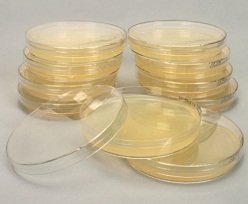
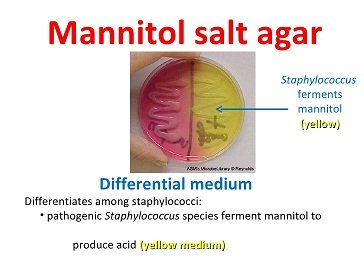
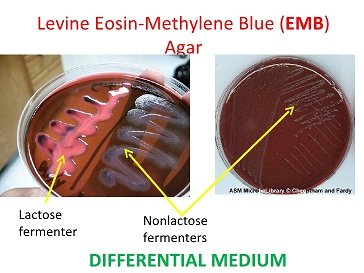

Thank you for taking the time to research filters in detail. I learned a lot from this post.
thank you @mineoploy ")
it just so happened that my field of expertise lies in environmental microbiology
This post is really interesting!
thanks
This post has received a 0.14 % upvote from @drotto thanks to: @banjo.
This is a big work been put in place here. @iamkuyaj
thank you for taking your time in reading this article Mr. @tfame3865 ^^)
It is so interesting topic. Staphylococcus, etc.
thanks @barttalks ^^)
regards rako ni DDDDDDJ @asbonclz diha.
Hahahahaha copy.
This is a very useful article. Keep steeming @iamkuyaj
Thank you Ms. @scarletsnow :)
where are you from by the way?
I am from Eastern Samar, Philippines
Nice place. :)
Never been there though.